This lackluster game is anything but revolution-ary.
Whenever I hear about the Homefront games, I immediately shout “Wolverines” in my mind because the concept is a variant of the campy movie Red Dawn. Sadly, the hero of Homefront: The Revolution is no heroic Patrick Swayze, or even a scared but effective combatant like Charlie Sheen. No, Ethan Brady is a forgettable character fighting an unimaginative enemy in a game that no one will want to remember they played. To put it bluntly, Homefront: The Revolution is painfully generic and ultimately boring.
Set in an alternate history years after the North Koreans have invaded the US, players take on the role of an everyday resistance fighter recruited to methodically retake Philadelphia. With the U.S. military wiped out and the Korean People's Army in control of most U.S. cities, the only hope America has to regain its freedom relies on disorganized bands of resistance fighters. Fortunately, all it takes to motivate people to join the resistance is performing the same repetitive tasks in different areas. I know most people nowadays are easy to influence, but it should take more than simply cutting cords on transmitters and changing a radio station to motivate them.
Believe me, it's not always sunny in Philadelphia when it comes to both weather and gameplay. For starters, the outside visuals look drab and washed out in gloomy weather—even worse when the sun is shining. I can honestly say this is the first time I've actually seen fifty shades of grey, and I don't mean the movie. Perhaps this is intended to highlight splashes of blue paint that resistance fighters have left to mark special areas or secret entrances, or perhaps it's another attempt to make a game look “gritty.” When will game developers learn that there's more than one way to create a feeling of despair? What's odd is that the inside of buildings don't suffer from a lack of color, and these areas also feature impressive lighting effects, especially at night.
Even worse than the grey-dominant palette is the sluggish shooting action that never imparts a feeling of power. It's bad enough that I can barely tell if my bullets are connecting with the target, but sometimes it seems like they curve in mid-air and miss the target altogether. The A.I. is lackluster, with enemies that either move from cover to cover in nonsensical ways or charge the player with guns blazing. Add a very inconsistent frame-rate to the mix, and the result is an outdated combat system that feels like I'm constantly being punished for using it.
On top of that, this game is full of annoying bugs like sound dropping out, A.I. characters who constantly repeat the same phrase, and a thrown-weapon number icon that always reads “0” when I clearly have at least one in my inventory. These bugs are bothersome, but what's infuriating is the three-second lag that freezes the screen every time I exit a menu, exit the shop interface, accept a mission, complete a mission, etc.. All of these bugs happened after the launch-day patch, so who knows if they will ever be fixed.
Early in the game, one mission tasked me with finding a missing resistance patrol. “Not original, but easy enough,” I thought. I journeyed through the city to a marked area on the map where several enemies were guarding one resistance member who was part of the patrol. As I approached the building, I was spotted by the guards who started a firefight. I was able to take out a few enemies before a drone called in several more. Consequently, the firefight ended with my demise.
After I respawned, I returned and decided to take a stealthy approach by sneaking around the side of the building and up to the second floor to talk to the prisoner. Fortunately, I wasn't spotted, but as soon as we start talking, we're both spotted and we both start taking fire. I couldn't move during this scene so he gets killed, and then a black loading screen appears that only partially covers my view. What's frustrating is that I was still getting shot during the loading screen. When it ends, I'm magically teleported to the first floor directly underneath the area where I was talking to the prisoner. I'm taking gunfire from all directions while the resistance leader speaks via radio. When he's done, the mission completes, all enemies magically disappear, numerous resistance fighters appear, and the place has been turned into a resistance area. I find it hard to believe that this is working as intended.
Despite numerous gripes, not everything in Homefront: The Revolution is bad. I like the feeling of tension when running from building to building in the Red Zone where there are no civilians and players are shot on sight. Since the KPA have superior weaponry, technology, and numbers, I found that avoiding confrontation is the best way to survive. This makes me want to sneak around soldiers and drones while running from cover to cover, hiding as much as possible. It's also really cool how the level design offers numerous hiding spots and alternative routes, like walking on elevated pipes or sneaking through holes blown in walls.
Since the mission design is so rote, the dichotomy between the Red Zone and the Yellow Zone is a much-needed way to add variety. Yellow Zones are basically like gigantic prison camps where soldiers and cameras watch every move. Anyone who steps out of line or looks suspicious draws the unwanted attention of the enemy, and this leads to gunfights where players are severely outnumbered. However, it's fun to sneak around the area while trying to look inconspicuous and perform side missions, such as saving prisoners, without being detected.
Another great feature is the on-the-fly weapon customization that requires scavenging for ingredients. Similar to the Fallout series, various parts and materials can be found lying about as well as inside lockers, computers, motors, and other mechanical devices that can be combined to create useful items. In addition, weapon mods can be purchased at the store. These are used by the player whenever they want by pulling up a transparent HUD and adding or removing weapon mods. Players can even deconstruct a weapon and transform it a more powerful version, like turning a pistol into a submachine gun. This is a great way to adjust to different combat situations in real-time rather than modding a weapon and hoping that it will be the most useful version for different encounters.
As you can see from this review, video game journalism isn't all fun and games. Sometimes my job is to play bad games so you don't have to. Homefront: The Revolution is one of those games.
-
Great weapon mod system
-
Excellent level design
-
Welcome zone variety
-
Monotonous gameplay
-
Inconsistent framerate
-
Awkward gunplay
-
Numerous bugs
-
Unimaginative missions
-
Forgettable characters
homefront-the-revolution
-
homefront-the-revolution #1

-
homefront-the-revolution #2

-
homefront-the-revolution #3

-
homefront-the-revolution #4

-
homefront-the-revolution #5

-
homefront-the-revolution #6

-
homefront-the-revolution #7
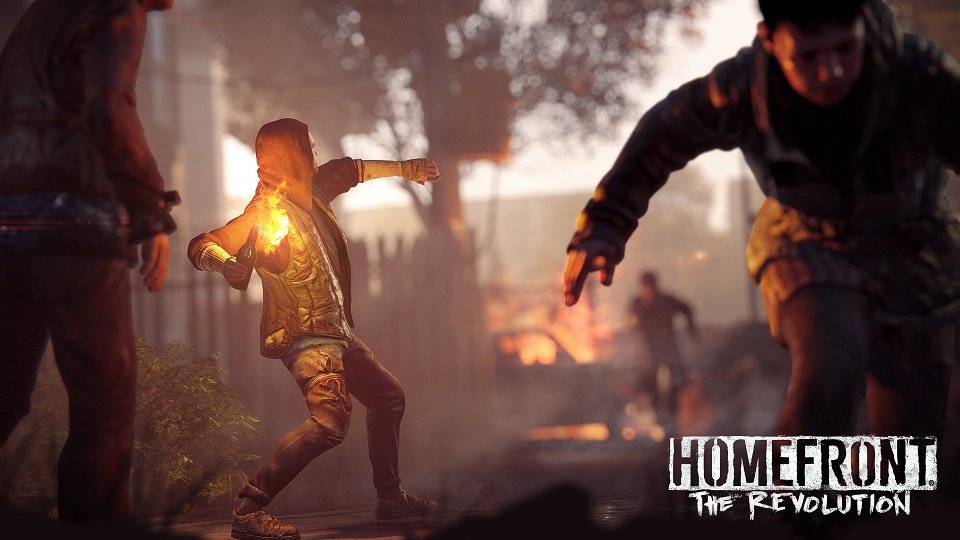
-
homefront-the-revolution #8

-
homefront-the-revolution #9
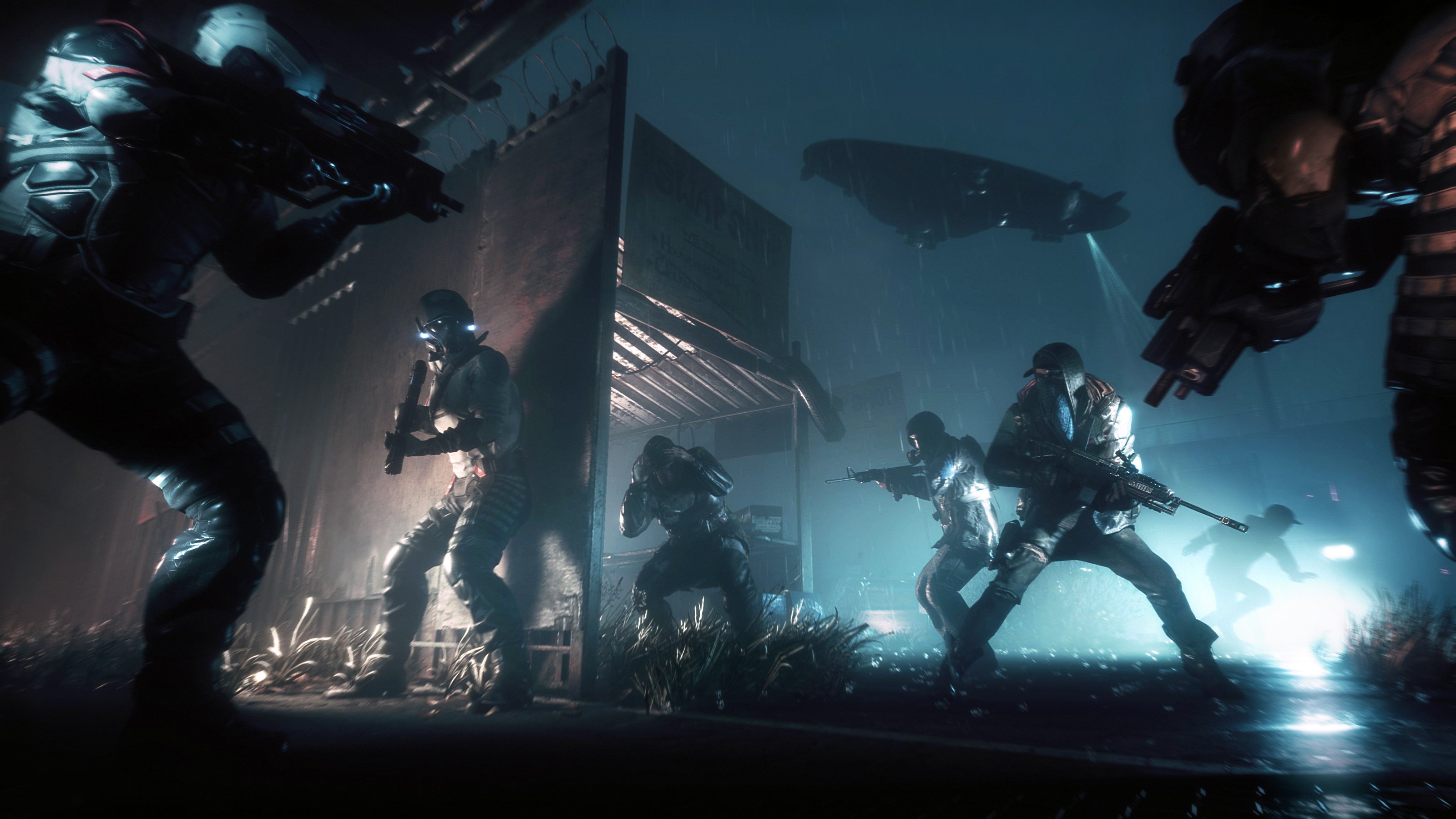
-
homefront-the-revolution #10

-
homefront-the-revolution #11

-
homefront-the-revolution #12

-
homefront-the-revolution #13

-
homefront-the-revolution #14

-
homefront-the-revolution #15
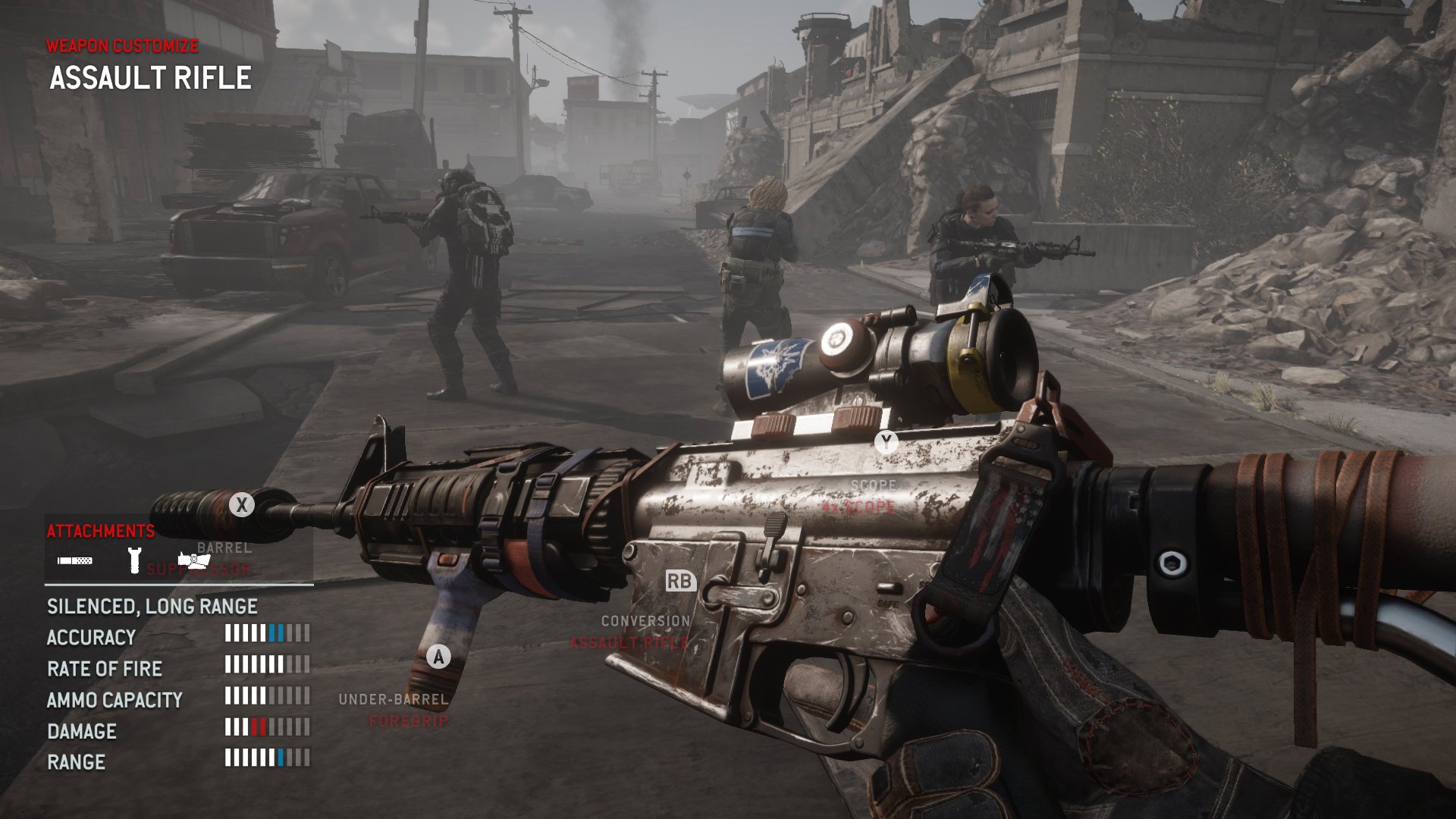
-
homefront-the-revolution #16

-
homefront-the-revolution #17

-
homefront-the-revolution #18

-
homefront-the-revolution #19

-
homefront-the-revolution #20
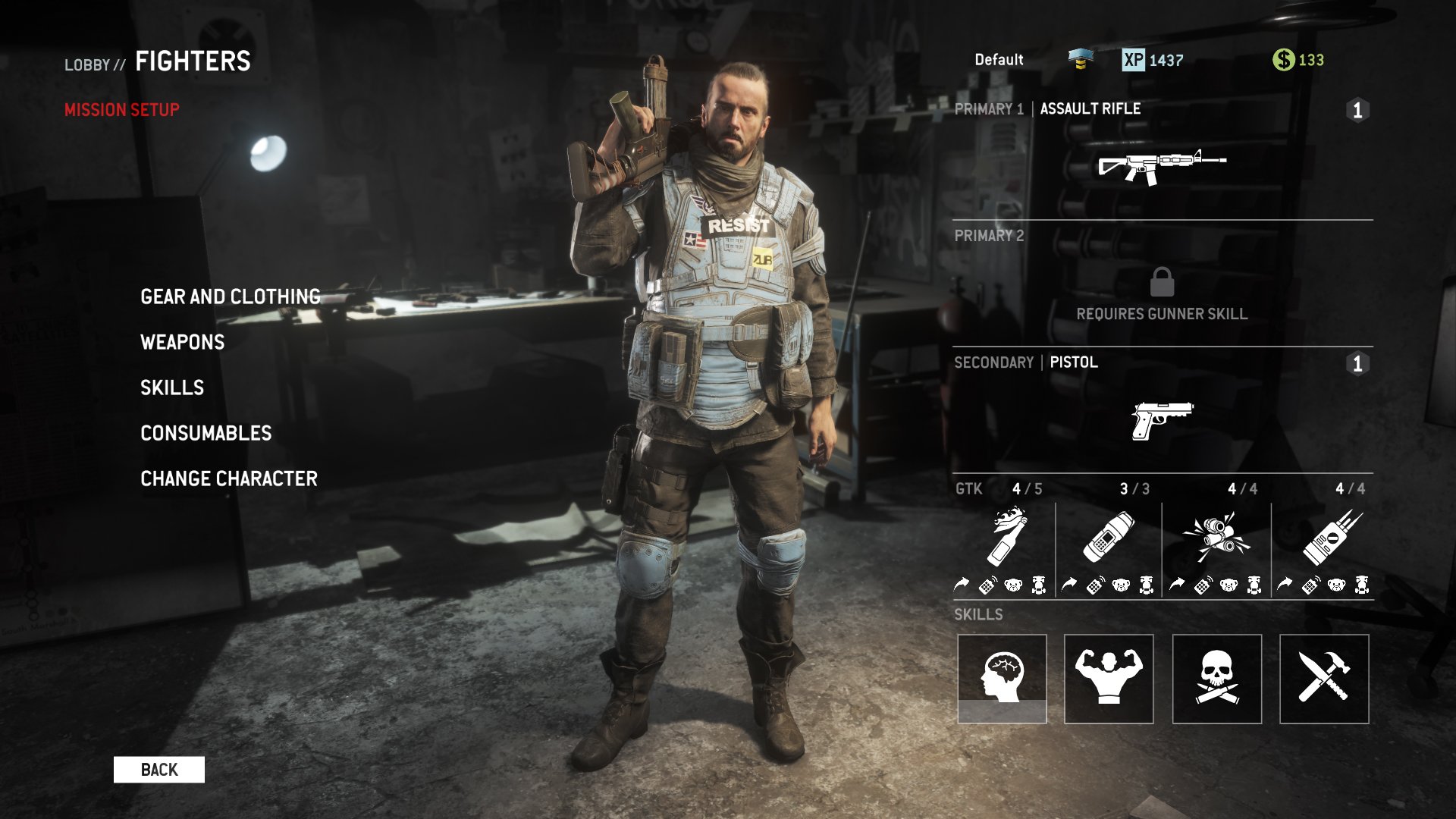
-
homefront-the-revolution #21
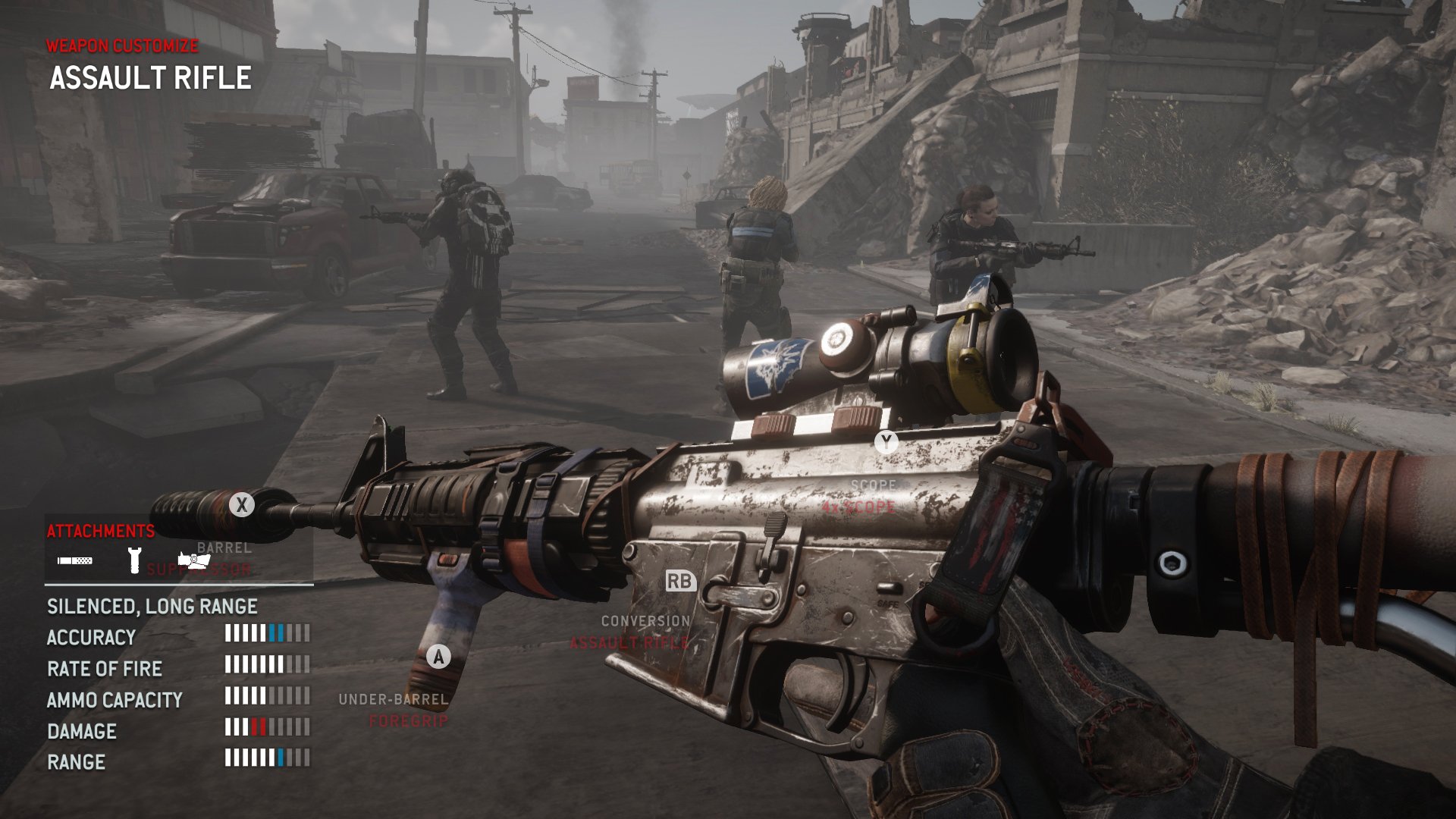
-
homefront-the-revolution #22
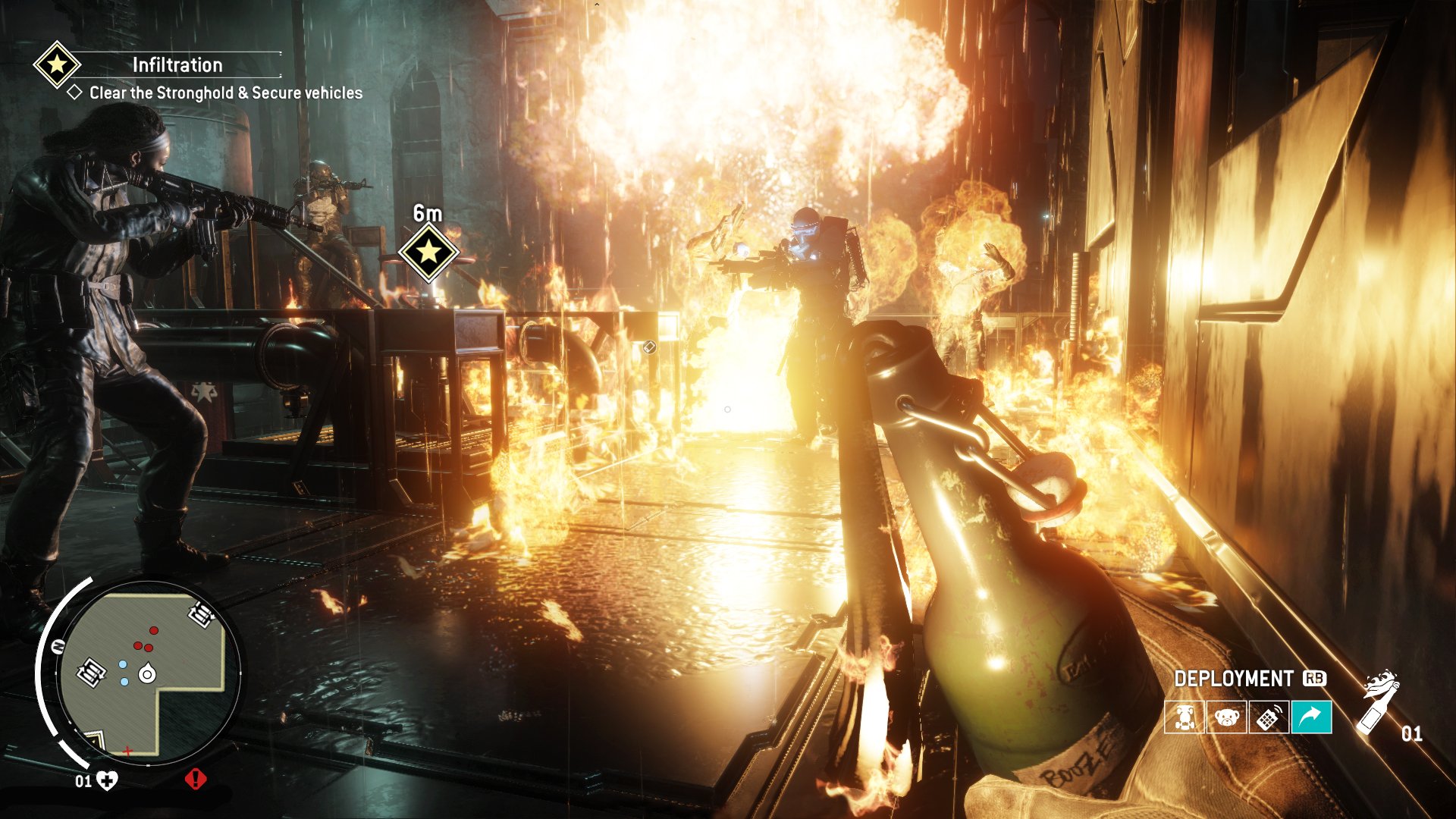
-
homefront-the-revolution #23
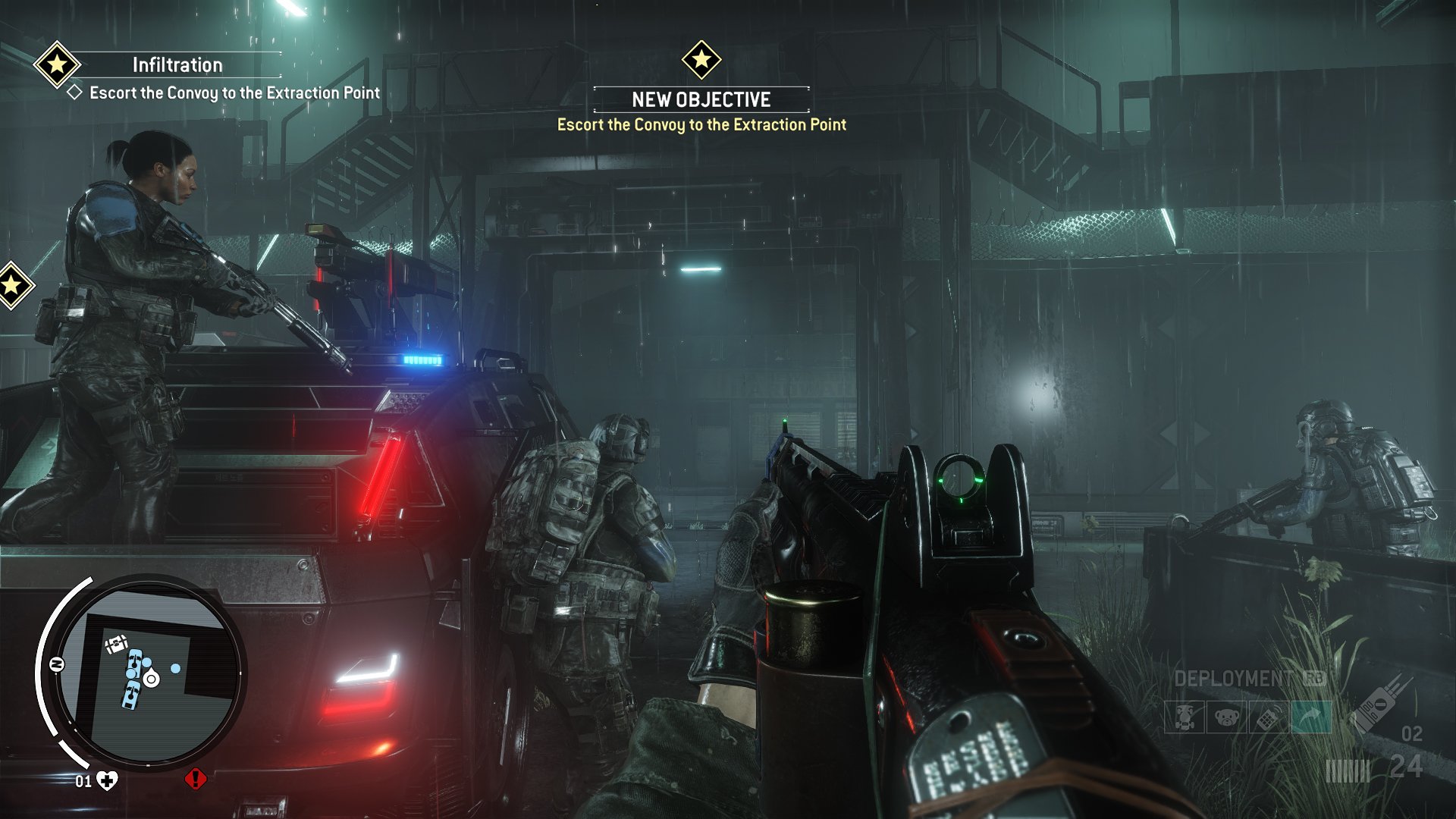
-
homefront-the-revolution #24
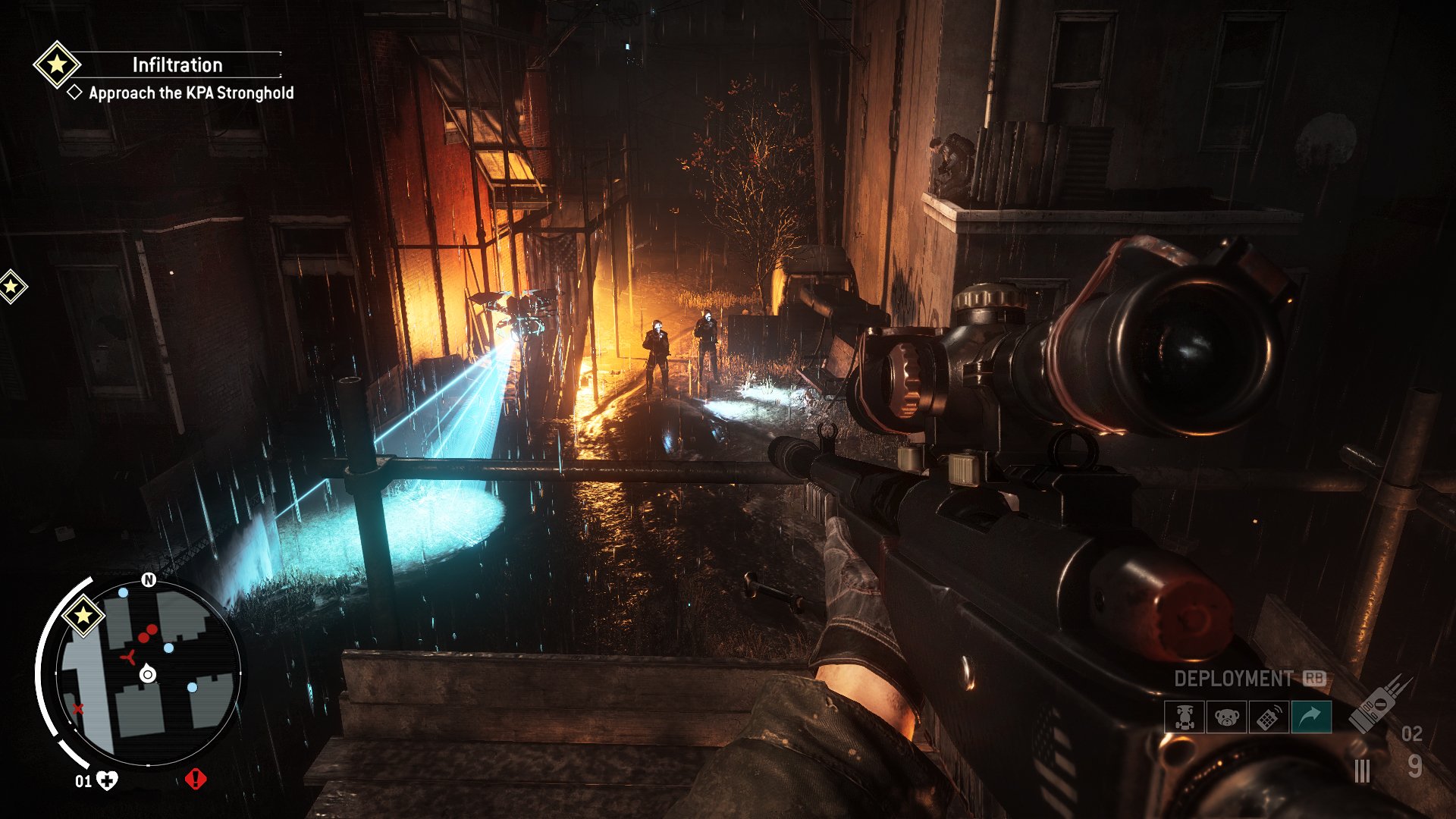
-
homefront-the-revolution #25

-
homefront-the-revolution #26
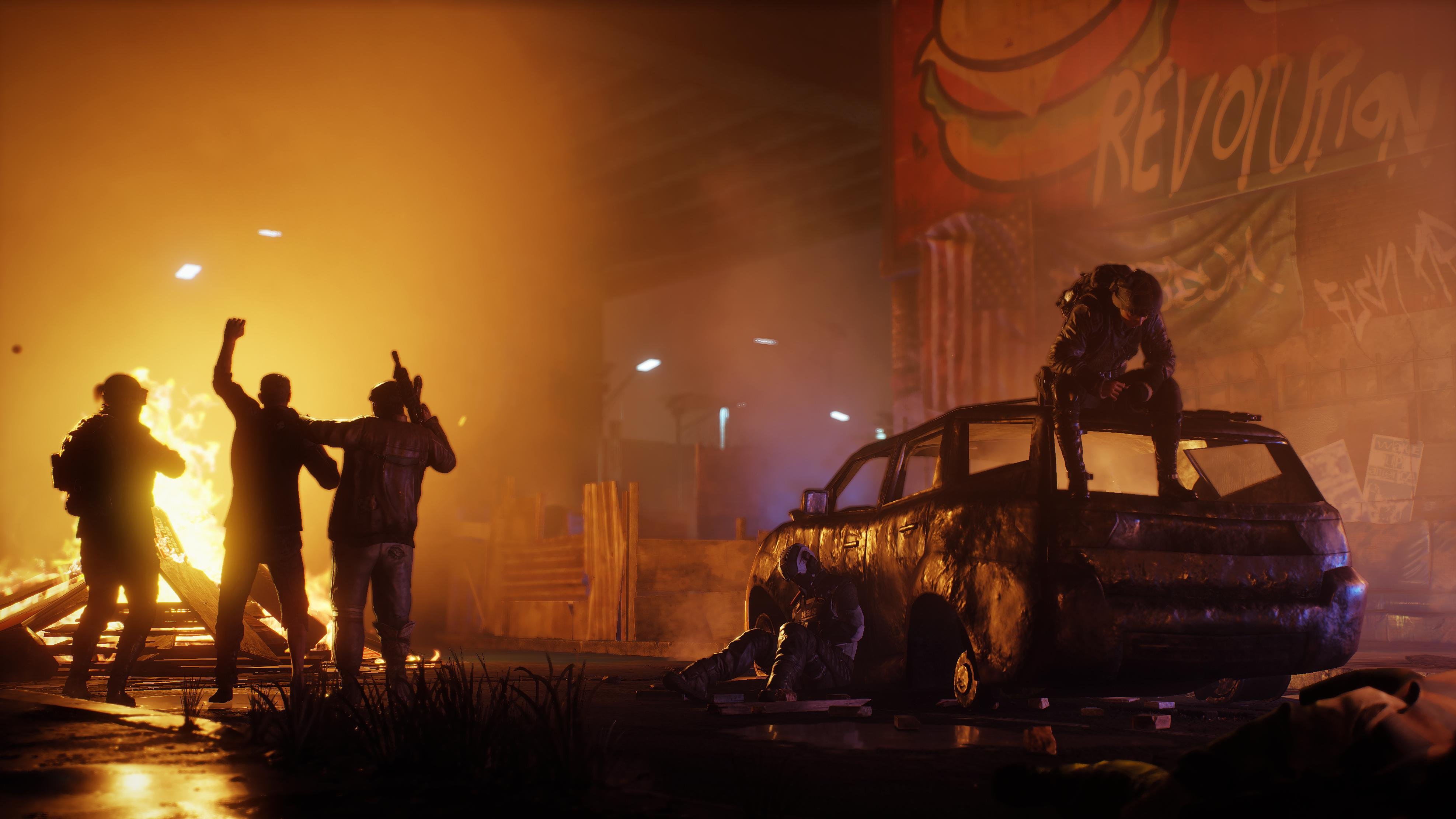
-
homefront-the-revolution #27

-
homefront-the-revolution #28

-
homefront-the-revolution #29
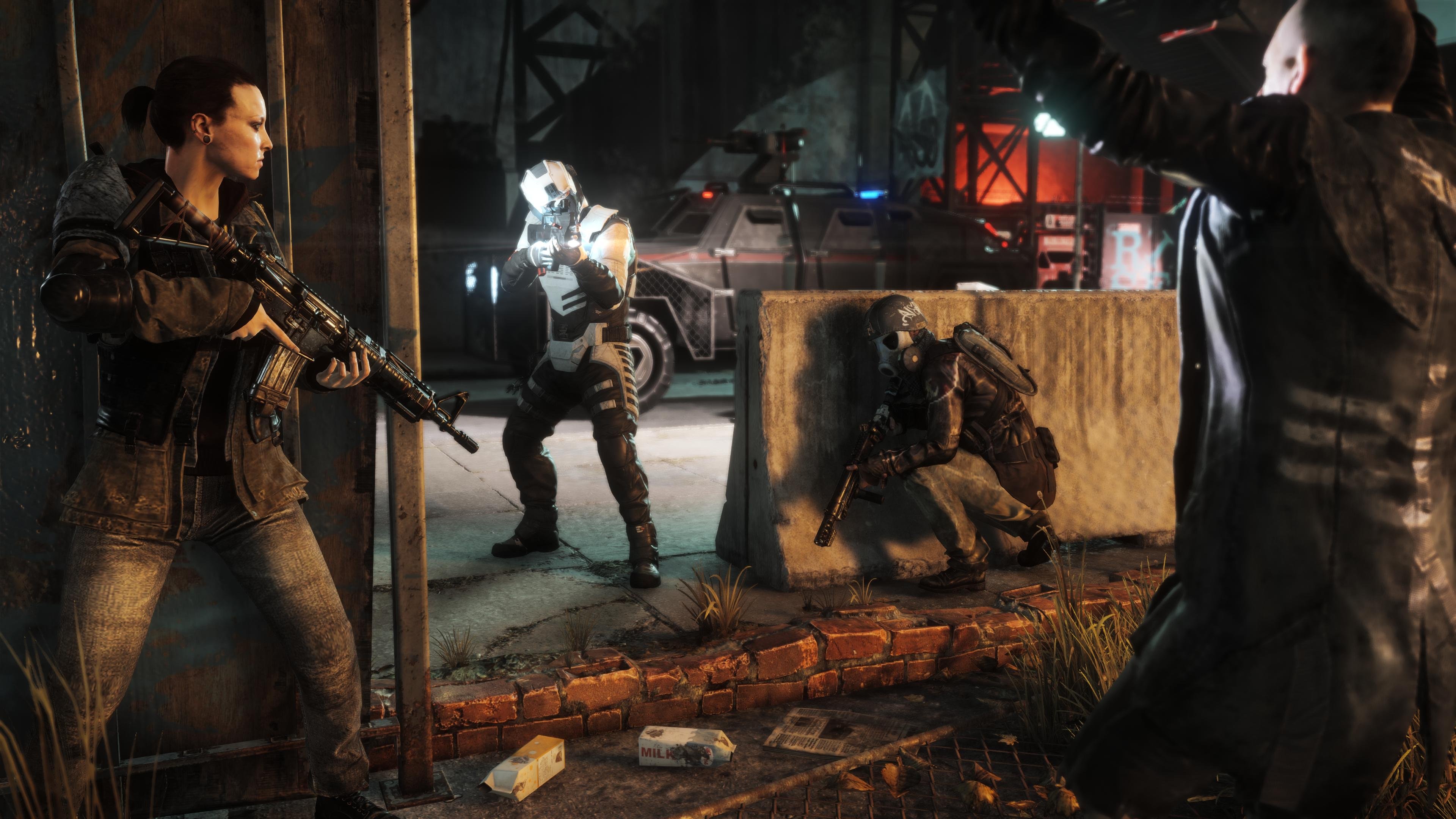
-
homefront-the-revolution #30

-
homefront-the-revolution #31

-
homefront-the-revolution #32

-
homefront-the-revolution #33

-
homefront-the-revolution #34
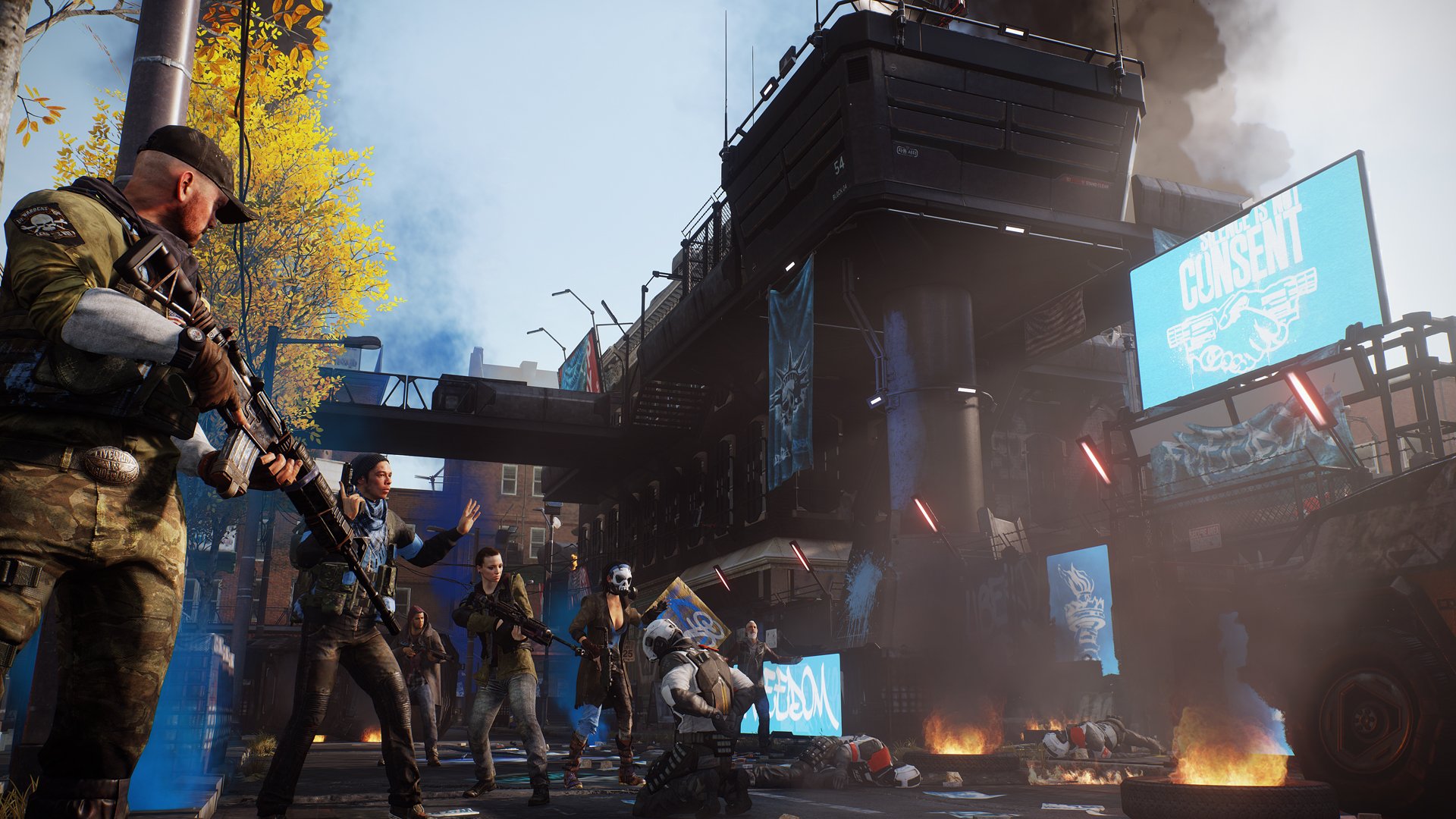
-
homefront-the-revolution #35

-
homefront-the-revolution #36

-
homefront-the-revolution #37

-
homefront-the-revolution #38

-
homefront-the-revolution #39

-
homefront-the-revolution #40

-
homefront-the-revolution #41

-
homefront-the-revolution #42

-
homefront-the-revolution #43

-
homefront-the-revolution #44

-
homefront-the-revolution #45

-
homefront-the-revolution #46
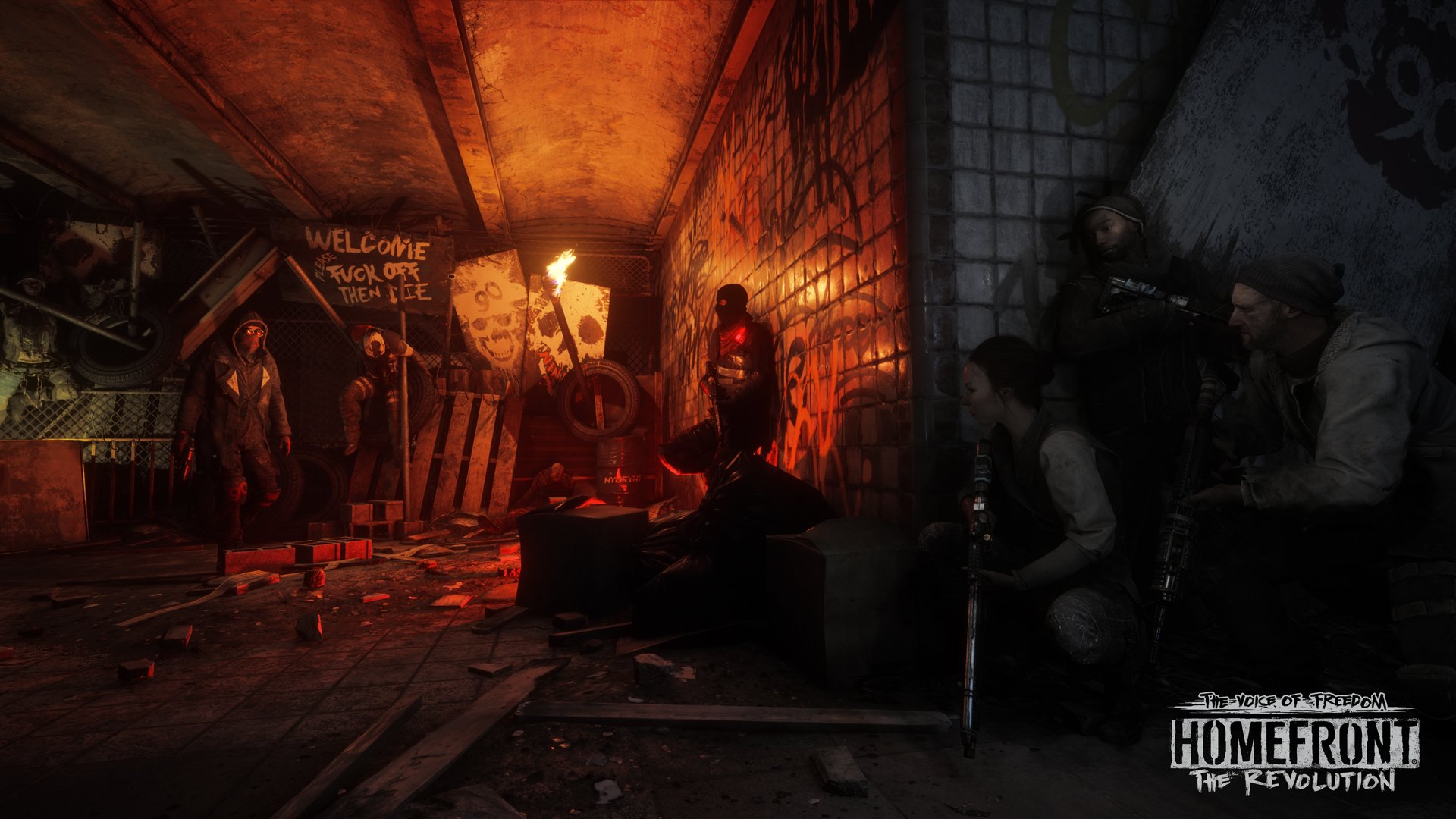
-
homefront-the-revolution #47

-
homefront-the-revolution #48
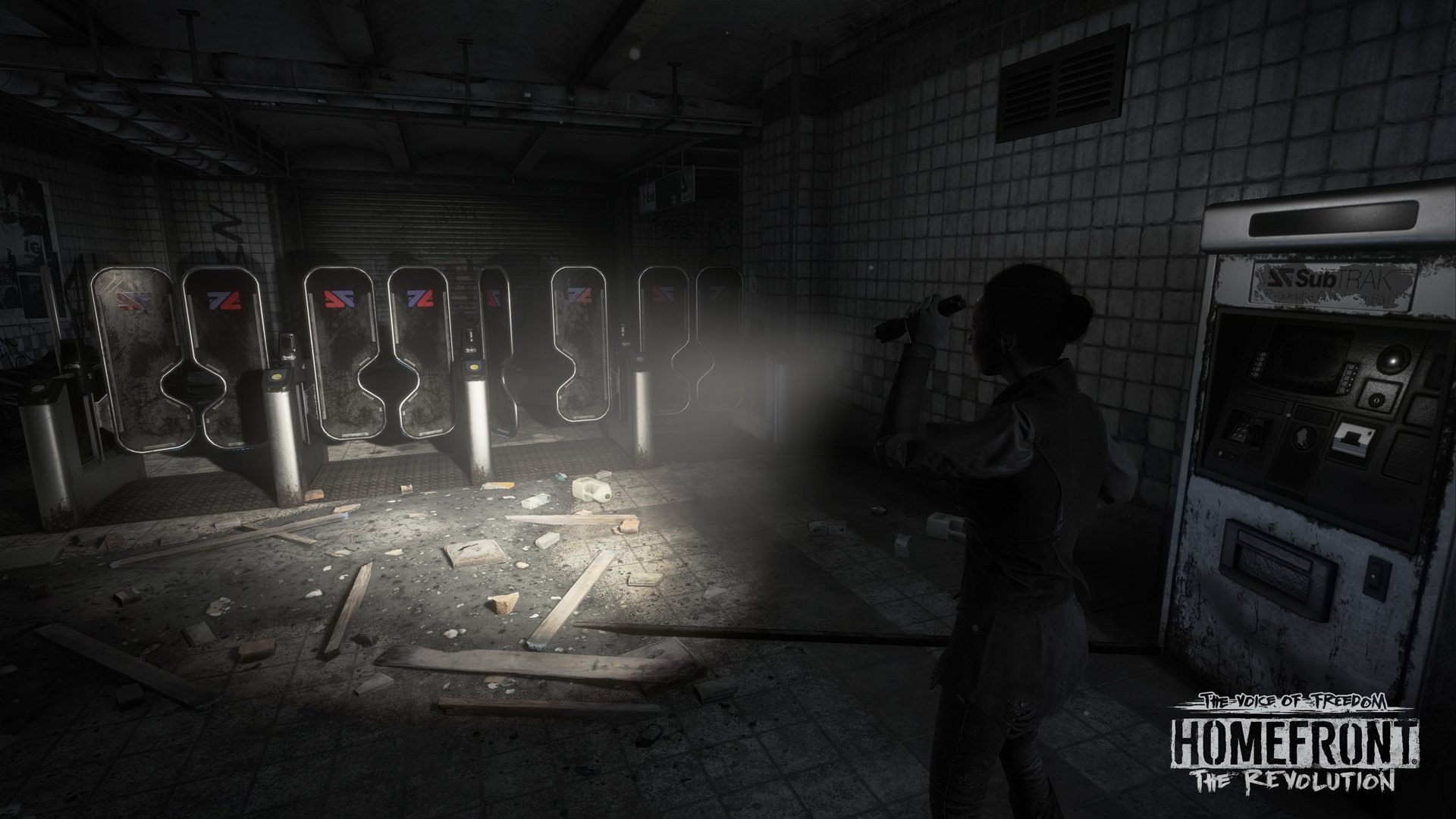
-
homefront-the-revolution #49

-
homefront-the-revolution #50

-
homefront-the-revolution #51

-
homefront-the-revolution #52

-
homefront-the-revolution #53

-
homefront-the-revolution #54












